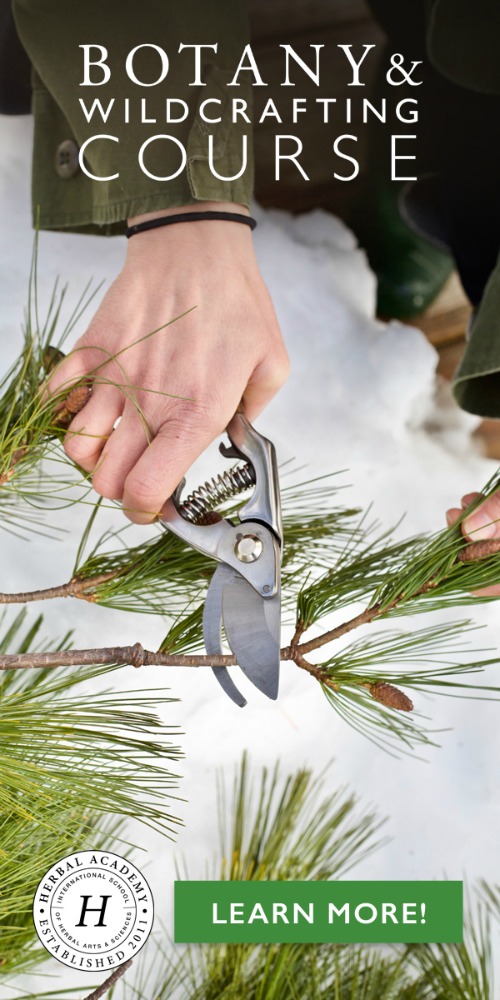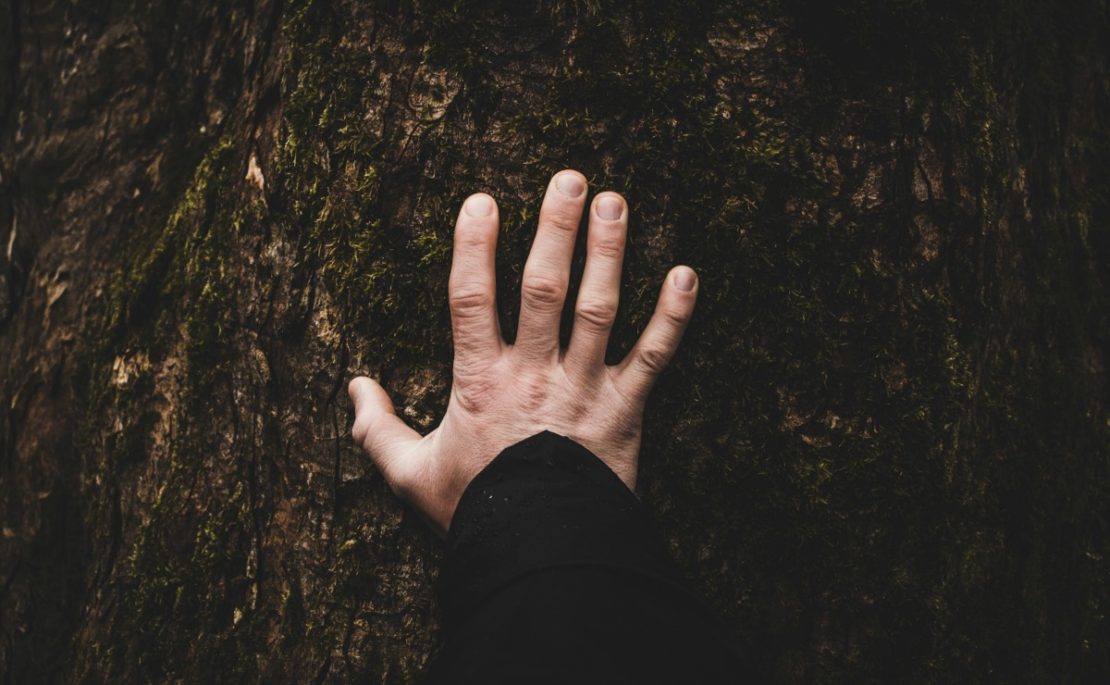
How To Harvest Bark From Trees and Shrubs Correctly
If you’ve ever wanted to learn how to harvest bark from trees or shrubs, you’re not alone. Bark is commonly used in herbal preparations, but the idea of harvesting barks can be rather confusing. How exactly does one go about harvesting barks from trees or shrubs in an ethical and sustainable manner?
In the article below, we’ll discuss four basic rules for harvesting barks from trees and shrubs in a way that promotes the health of the plant as opposed to harming it. We’ll also share some information on how you can learn even more about harvesting wild plants in our new Botany & Wildcrafting Course.
Bark Harvesting Rule #1: Never Harvest Bark from the Trunk of a Living Tree or Shrub
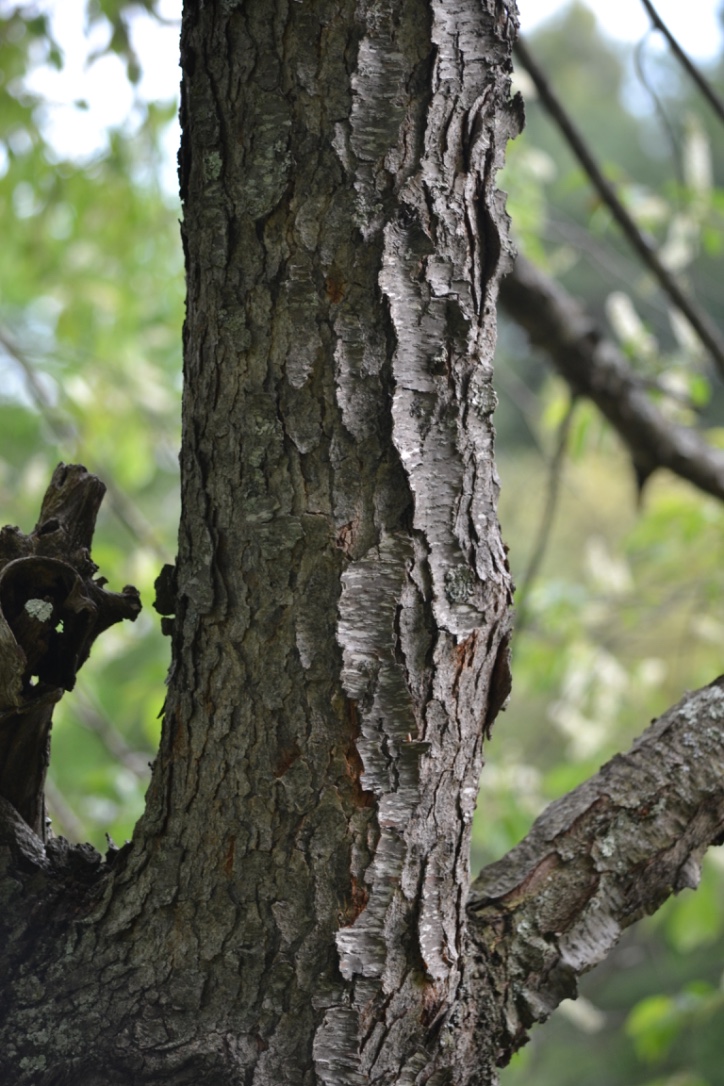
Many people assume that it is ethical and sustainable to harvest bark from the trunk of a living tree or shrub when, in fact, it is not. One reason is that any time you cut a tree, you are creating an open wound on the tree — one that can introduce disease or cut off the circulation of the tree’s food and water. This latter possibility is especially the case when the bark is stripped around the circumference of the tree. This is a technique referred to as girdling, which completely cuts off the circulation of the tree’s food and water and inevitably kills the tree. The only exception to this rule is when you harvest bark from trees or shrubs that are no longer living, which will be discussed in rule #3.
So where exactly do you harvest bark from on a tree or shrub? Let’s look at the next bark harvesting rule to find out.
Bark Harvesting Rule #2: Harvest Bark from Pruned Lower Branches
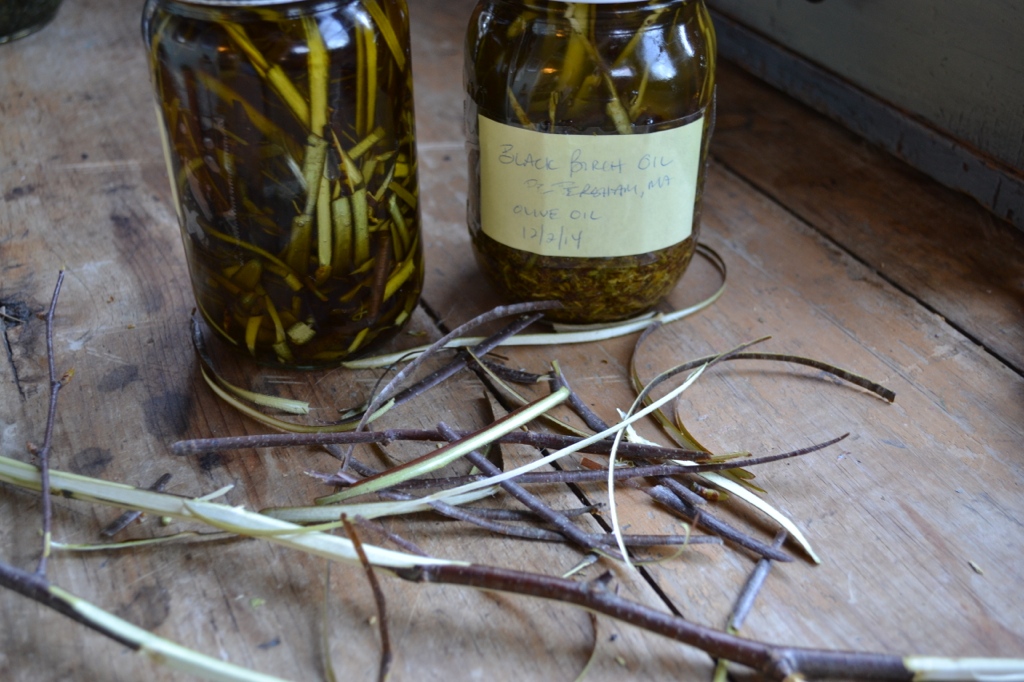
The best place to harvest bark on a tree or shrub is from the branches—but not just any branch.
Many wildcrafters will speak about harvesting bark from branches of a tree by pruning off the branch. This is a much more ethical and sustainable approach but can be unrealistic for branches that are several dozen feet up in the canopy. It’s best to leave the pruning of these branches to trained professional tree-climbers for obvious safety reasons.
When harvesting bark, choose lower branches. You can utilize your pruning skills when choosing the best place on the branch to make your cut. You can do this by pruning in a way that encourages new growth and potentially removes damaged growth.
Here are a few pruning tips to keep in mind.
- Always cut perpendicular to the collar of the branch.
- Make sure your tools are sharp enough to make a clean cut. Again, you are wounding the plant and an angled or ragged cut can encourage the accumulation of moisture and introduce disease.
- Always clean your tools between harvesting each individual tree/shrub in order to prevent the introduction or spread of disease.
Remember, when choosing a branch to prune, supporting the health of the tree or shrub is your main goal.
Bark Harvesting Rule #3: Only Harvest Bark from Recently Felled or Fallen Trees
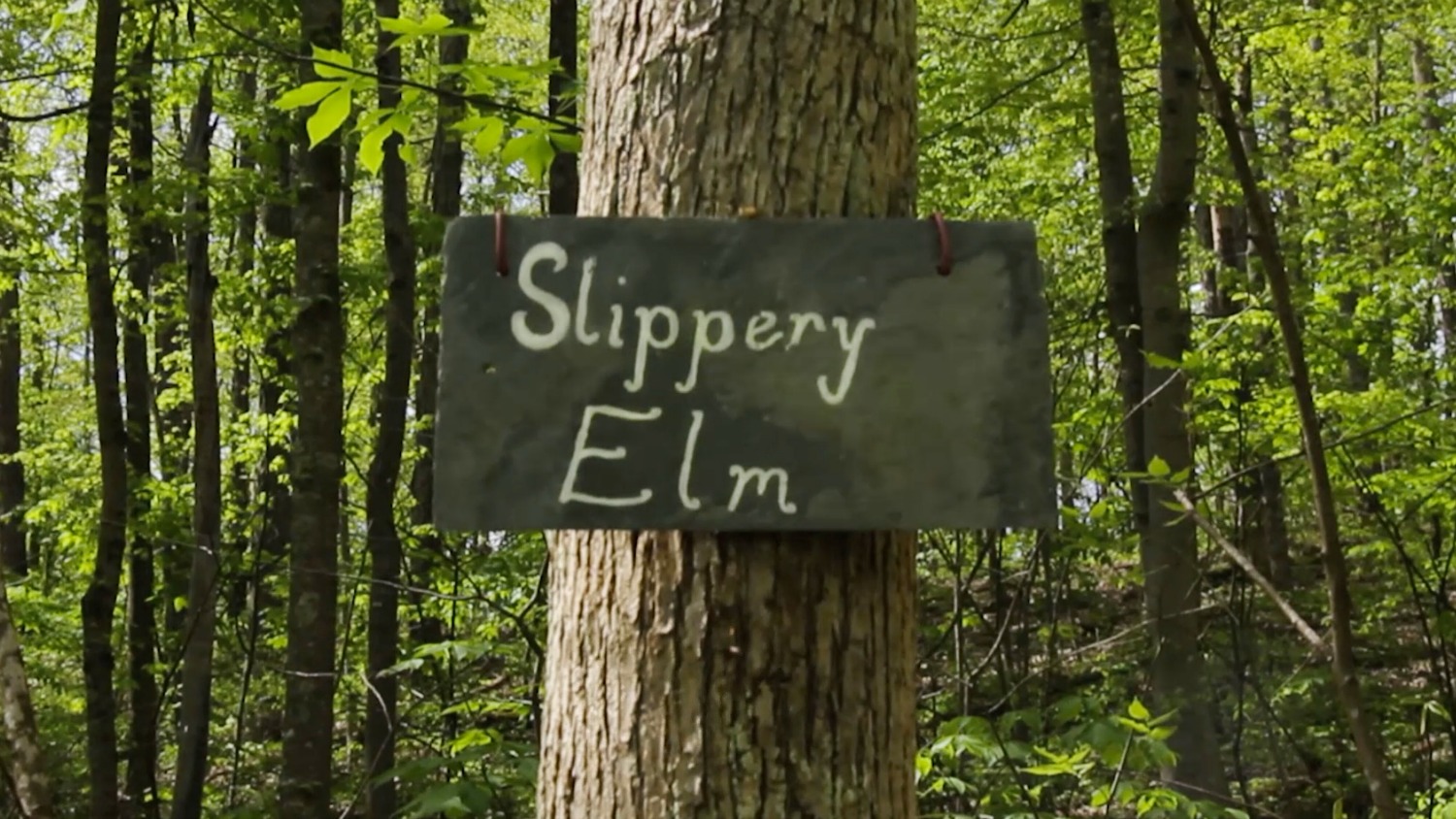
Like rule #1 mentioned, one should never harvest bark from the trunk of a living tree, but it is okay to harvest bark from any site on a tree that has been cut down or has fallen over on its own.
With that being said, harvesting barks from felled or fallen trees has to happen within a few weeks of falling or being cut down, not from those that have begun to rot and decay. There are some exceptions to this rule, however. For example, wild cherry bark should always be harvested fresh, never from fallen branches on the ground, and immediately dried to prevent fermentation from occuring as this produces compounds toxic to the body. As always, be sure to research the bark you are planning to harvest for recommendations and safety information.
Never, absolutely never, cut a tree down simply to harvest its bark or its root bark. This is not only unethical, but unsustainable, and is the reason why so many tree species used in herbalism, such as slippery elm (Ulmus rubra), are currently at risk from over-harvesting.
Bark Harvesting Rule #4: Harvest Bark During Early Spring or Late Fall
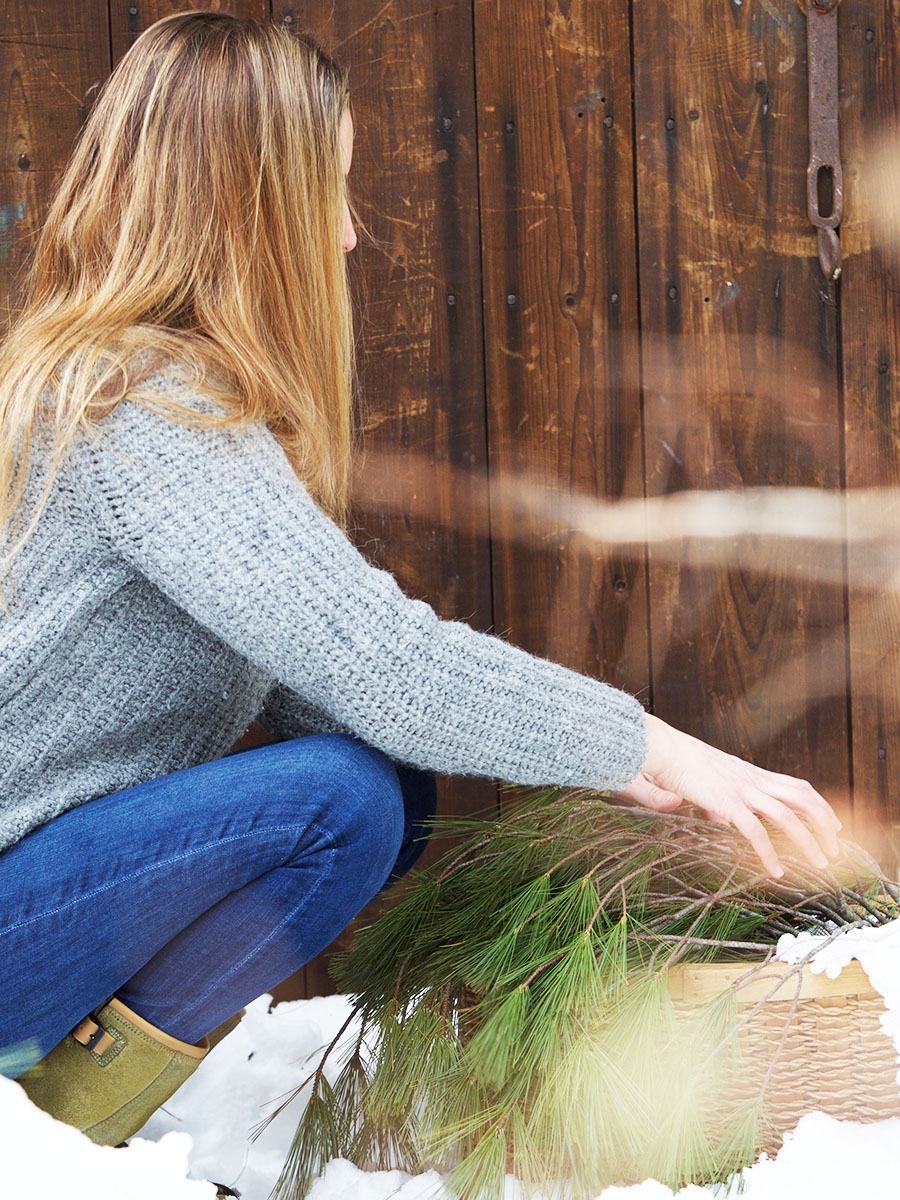
Many wildcrafters who live in four-season climates consider either early spring or late autumn into winter the best times of year to harvest barks.
Generally, the movement of the life force of the tree or shrub is most active during the spring and fall. This is when the tree is creating more bark, and this process can vary from species to species. It’s for this reason that one should research the particular species they are interested in harvesting as well as consult with a more experienced wildcrafter to see which season they recommend for that species.
Removal of the bark from branches or roots may take a little patience. Don’t forget to find out whether it is the outer bark, as with wild cherry (Prunus spp.), or the inner bark that is meant to be harvested, as with sassafras (Sassafras spp.) root bark. There can be a major difference between the various layers of bark and their properties, with a specific bark layer being traditionally harvested for herbal use while others are not.
If you’re ready to take your wildcrafting skills up a notch or two, harvesting bark from trees and shrubs may be the next step for you. Knowing how to identify and harvest plants properly are important skills for any herbalist — and we want to help you build your knowledge base!
On that note, we’d like to invite you to check out our new Botany & Wildcrafting Course if you’re interested in growing your plant identification and wildcrafting skills! This course is for beginner and intermediate level learners and will help you learn how to identify, harvest, preserve the herbs around you in an ethical and sustainable way.
Click here to learn more about our Botany & Wildcrafting Course.
We welcome you to join us in this wild and wonderful adventure!

